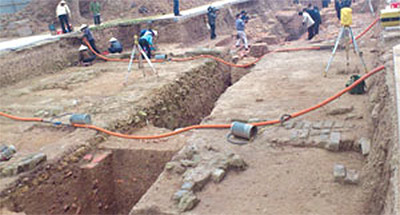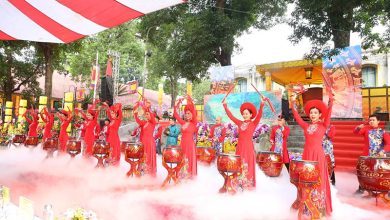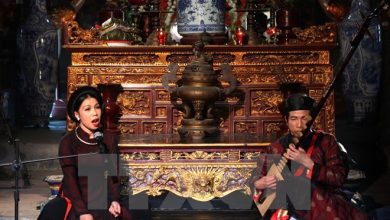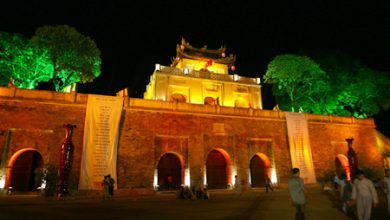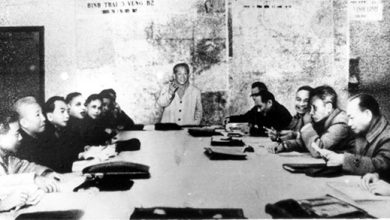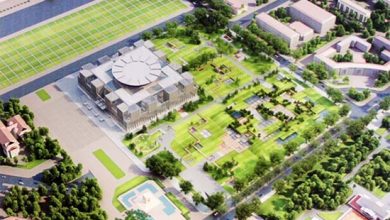Ancient water system found at Citadel
Traces of a huge water supply system and parallel ground wall from the time of the Ly dynasty have been unearthed at the former Thang Long Imperial Citadel in downtown Hanoi, archaeologists have announced.
One thousand years of history: Traces of an ancient and huge water project and parallel ground wall from the time of the Ly Dynasty have been found at the centre of Thang Long Imperial Citadel.
The findings were the first of their kind found in Vietnam and were heralded by most commentators and scientists as striking.
“Never before have architectural vestiges from the Ly dynasty (11th to 13th century) been detected in the North Gate area and what was found proves the dynasty’s architecture was quite imposing,” said Tong Trung Tin, head of Vietnam Institute of Archaeology, at a workshop on Wednesday
The water structure was about 2m wide and 2m high, archaeologists said. It was thought to have been a waterway, water tank, well, tunnel or spiritual work. It was built with square and rectangular bricks and timber poles in an east-west direction. The ground wall was 1.6m wide.
“It is likely that this huge brick-made water line was part of a drainage system in the Forbidden City or a spiritual structure in accordance with the science feng shui in the Ly dynasty,” Tin said.
The workshop was held by Hanoi-Thang Long Heritage Conservation Centre and the Vietnam Institute of Archaeology to report on recent archaeological excavations at the centre’s Kinh Thien Palace area. In previous excavations, relics and artefacts from the Ly dynasty had been unearthed at the archaeological site at 18 Hoang Dieu Street, but no architectural remnants were found, the workshop was told. The new discovery would provide an insight into sanctums inside the imperial citadel.
Professor Phan Huy Le said the findings revealed the continuity of cultural development from the Ly dynasty to the Tran dynasty (13th-14th century) and then to the Le dynasty (15th-16th century).
“A structure of such a large scale has never been seen in any architecture, though its exact name and function remains unconfirmed,” Le said.
Hanoi Historian Association president Nguyen Quang Ngoc said: “Such a water supply system has never been found at archaeological sites at 18 Hoang Dieu Street or in China, Japan, and South Korea that we have studied.”
Also found at the 500sq.m wide by 4.2m deep excavation site at the North Gate were relics from the Tran, Le So and Nguyen dynasties. They included flower decorations, drainage, foundation buttresses and brick foundations.
Archaeologists said the findings, which lay at the very centre of Thang Long-Hanoi cultural axis, intertwined and overlapped over a thousand years.
They recommended the diggings be covered to prevent damage and that further excavations be undertaken to provide more information.

